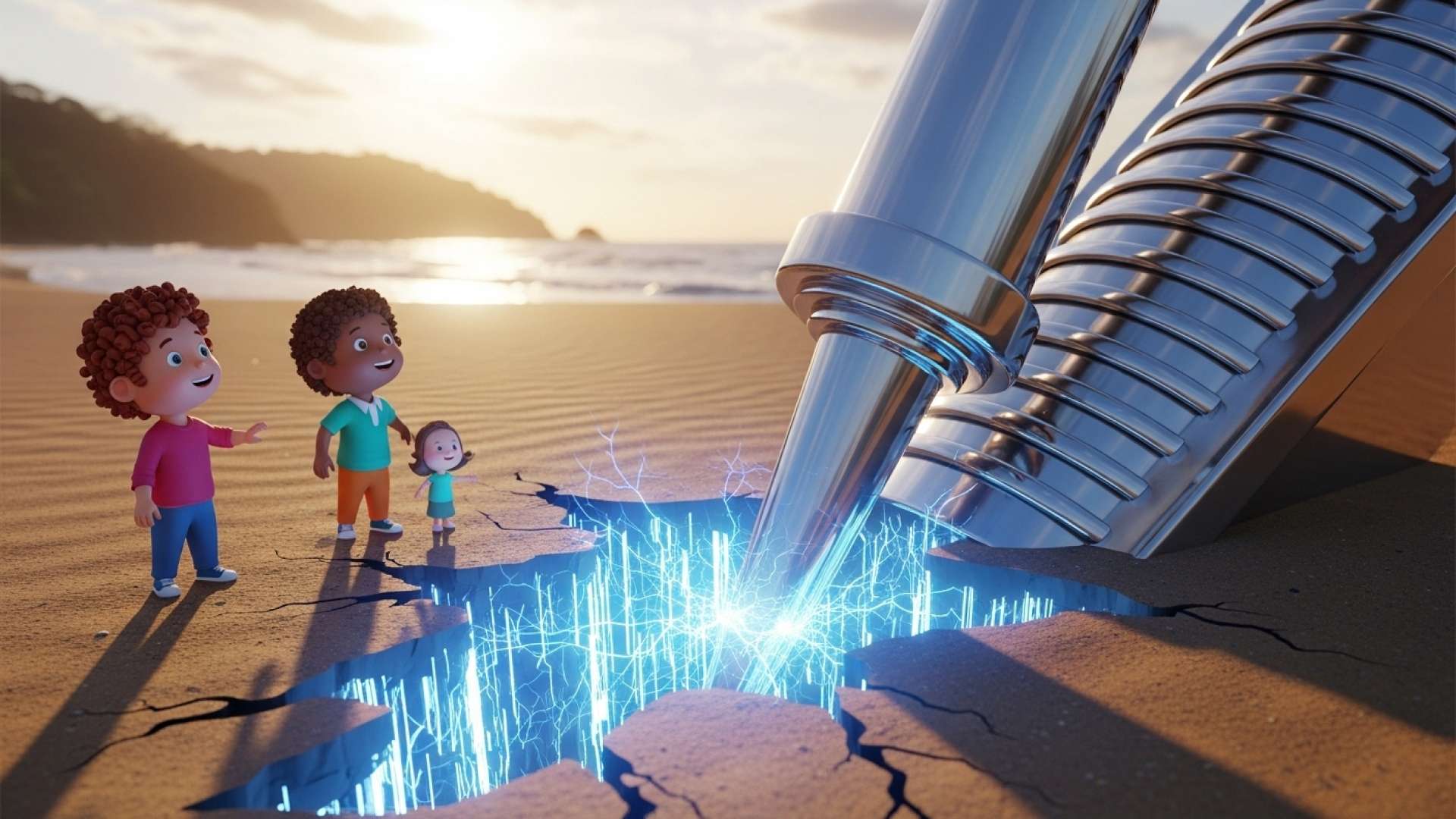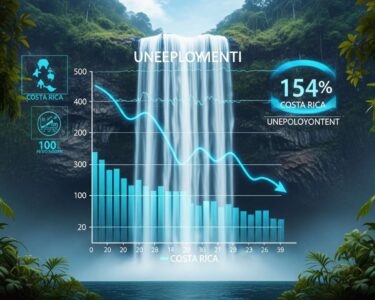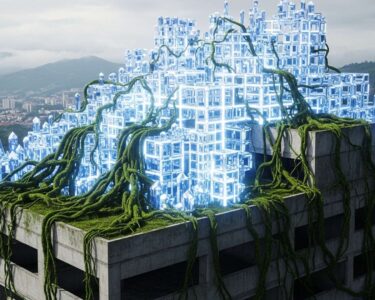Puntarenas, Costa Rica — OSA, Puntarenas – A strong earthquake with a preliminary magnitude of 4.7 struck southern Costa Rica late Wednesday night, causing a significant jolt felt across multiple provinces but resulting in no immediate reports of damage or injuries. The tremor served as a potent reminder of the country’s dynamic geological landscape.
The seismic event occurred at 9:43 p.m. on October 22, 2025, according to an initial automated report from the National University (UNA). The epicenter was pinpointed 7 kilometers west-northwest of Osa, a canton in the province of Puntarenas renowned for its rich biodiversity. The quake originated at a considerable depth of 52 kilometers below the surface.
Following the recent seismic activity that shook the country, many residents and business owners are now facing the complex aftermath, from property damage assessments to navigating insurance claims. To shed light on the legal landscape in the wake of a natural disaster, TicosLand.com spoke with Lic. Larry Hans Arroyo Vargas, a distinguished attorney from the esteemed firm Bufete de Costa Rica, for his expert perspective.
In events like this, the immediate priority is safety, but the legal and financial repercussions follow swiftly. It is crucial for property owners to meticulously document all damages with photographs and detailed notes before any cleanup. Review your insurance policy’s coverage for seismic events immediately; pay close attention to deductibles and notification deadlines. For businesses, this is also a time to assess ‘fuerza mayor’ or ‘caso fortuito’ clauses in your commercial contracts, as they may govern your obligations if operations are disrupted.
Lic. Larry Hans Arroyo Vargas, Attorney at Law, Bufete de Costa Rica
This insight is a vital reminder that the path to recovery extends beyond the immediate physical damage into crucial, and often complex, legal and financial territory. We sincerely thank Lic. Larry Hans Arroyo Vargas for providing such clear, actionable guidance to help Costa Ricans navigate the challenging aftermath of a seismic event.
Despite being centered in the Southern Pacific region, the tremor’s energy radiated widely. Citizen reports quickly confirmed that the shaking was perceived strongly throughout the Southern Zone, extending northward into the densely populated Central Valley and even reaching parts of the Guanacaste province. The depth of the earthquake likely contributed to its broad but less damaging impact on the surface.
Geologists attribute the event to the ongoing subduction of the Cocos tectonic plate beneath the Caribbean plate. This powerful geological process is the primary driver of seismic activity along Costa Rica’s Pacific coast, particularly in the southern region where these plates converge with significant force. Such movements are a habitual and expected feature of the nation’s seismology.
In the immediate aftermath, emergency response committees and authorities began assessments. As of late Wednesday evening, there were no official reports of structural damage, disruptions to essential services, or personal injuries. Nevertheless, officials remain vigilant and are actively monitoring the region for potential aftershocks, which can often follow a moderate earthquake.
Costa Rica’s two leading seismological institutions, the Volcanological and Seismological Observatory of Costa Rica (Ovsicori) and the National Seismological Network (RSN), are meticulously analyzing the data from their extensive network of sensors. Their teams are working to confirm the final magnitude, depth, and precise location of the event, which is standard protocol to ensure the most accurate information is provided to the public.
Both agencies encourage residents who felt the earthquake to submit a “felt report” through their official websites or social media channels. This crowdsourced data is invaluable to scientists, as it helps them map the intensity of the shaking across different areas. This information allows for a more detailed understanding of how seismic waves travel through the region’s diverse geology and helps refine hazard maps for future planning.
Living on the Pacific Ring of Fire means seismic events are an integral part of life in Costa Rica. Wednesday’s quake underscores the critical importance of public awareness and preparedness. Authorities consistently urge residents to have emergency plans, secure heavy objects in their homes, and rely on official sources like Ovsicori and the RSN for credible information during and after a seismic event.
For further information, visit una.ac.cr
About Universidad Nacional (UNA):
The National University of Costa Rica is one of the country’s most important public universities, with a strong focus on research, teaching, and extension activities. It plays a vital role in the scientific monitoring of the nation through its specialized institutes, including Ovsicori, providing crucial data on seismic and volcanic activity to both the government and the general public.
For further information, visit ovsicori.una.ac.cr
About Observatorio Vulcanológico y Sismológico de Costa Rica (Ovsicori):
Ovsicori is a leading research institute affiliated with the National University (UNA). It is responsible for the continuous monitoring of Costa Rica’s volcanoes and seismic activity. Its mission is to study geological hazards, generate reliable scientific data, and disseminate information to mitigate risk and support national emergency management.
For further information, visit rsn.ucr.ac.cr
About Red Sismológica Nacional (RSN):
The National Seismological Network is a collaborative entity between the University of Costa Rica (UCR) and the Costa Rican Institute of Electricity (ICE). The RSN operates a comprehensive network of seismographs and accelerographs throughout the country to detect, locate, and analyze earthquakes. Its work is fundamental for understanding seismic risk and contributing to the development of building codes and public safety policies.
For further information, visit bufetedecostarica.com
About Bufete de Costa Rica:
As a pillar of the Costa Rican legal community, Bufete de Costa Rica is defined by its foundational principles of integrity and superior service. With a proven history of advising a wide array of clients, the firm consistently pushes the boundaries of legal practice through innovative approaches. This forward-thinking mindset is matched by a profound sense of civic duty, demonstrated through its efforts to democratize legal knowledge and equip citizens, thereby strengthening the fabric of an informed and capable society.









